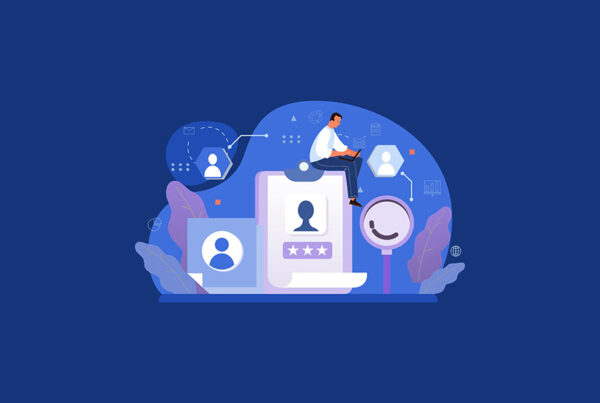Which company could be cooler than Apple right now? The new 3G iPhone is enjoying amazing uptake and promises to outsell its predecessor, the blockbuster iPod. Furthermore, Apple has done the impossible, by actually proving to be a disruptive force in the home computer market. And it has done so with a very unconventional, yet ingenious approach. By enjoying market dominance in the digital media player market and now the wireless device market, it has been able to transfer its brand into credibility in an adjacent product line. The success of iPhone and iPod have persuaded a population of millions of loyal PC users to consider the Apple Mac product line for their home and business needs. Apple has been openly and aggressively targeting Windows PC users with its television advertising campaigns for several years now. Starring Justin Long (the computer hacker dude from Die Hard 4) and John Hodgman (of Comedy Central’s the Daily Show), the Apple advertisements have done an excellent job of targeting the Windows-based PC’s traditional weaknesses:
- Security Vulnerabilities – PCs are more prone to be infected with viruses and spyware
- Lack of Stability – PCs stall and crash frequently requiring a reboot
- Hardware Compatibility – PC users have to contend with device drivers and installation manuals
- Corporate Orientation – PCs are viewed as better for spreadsheets and pie charts than creative end-user applications such as photos, music and movies
Microsoft has struggled over the past 36 months to defend the aggressive attacks by Apple. In my opinion, Microsoft’s advertising campaigns are among the worst I have seen in any industry. I find both their print and television campaigns to be non-impactful. It is not clear to me what the message is supposed to be and who the target audience is. The Bill Gates and Jerry Seinfeld commercials introduced last fall were totally lost on me. But in this latest series of Laptop Hunter ads that aired during the NCAA Men’s Basketball tournament, Microsoft has turned it around! The ads feature prospective computer buyers named Lauren and Giampaolo in their quest to find a laptop with a specific set of features that meet their personalized needs.
[youtube=http://www.youtube.com/watch?v=mRF9-5itZA4]During the shopping the process, the Laptop Hunters very effectively expose the key weaknesses in Apple’s Mac product line:
- Macs are expensive – Lauren could only find one PC for less than $1000 and it only had a 13 inch screen.
- Focused on aesthetics – Mac buyers are more concerned with the packaging and product design than true processing power, storage and memory of the hardware platform.
- Lack of selection – Because Apple is the sole OEM manufacturing the Mac laptops, there are fewer options and choices available to buyers.
- Pay for the brand – Particularly in these challenging economic times, do consumers want to pay a $500 premium to have the Apple logo on their computer?
- Too cool – Lauren states she is “Not Cool Enough for a Mac,” which highlights the perception that Apple owners are an elitist group that consider themselves cooler and trendier than the mainstream consumer.
I love these advertisements, because Microsoft has successfully differentiated its product line in the face of an incredibly popular competitor. After all, fewer brands are cooler than Apple right now especially with its new 3G iPhone product. But Microsoft has taken many of Apple’s strengths and repositioned them as weaknesses. This is the type of marketing that separates the professionals from the amateurs! Perhaps, most impressive is the fact that Microsoft clearly offers 4-5 points of differentiation in a 60-second advertisement. Most corporate marketing departments would struggle to identify 4-5 differentiating factors in a 24-hour period.









